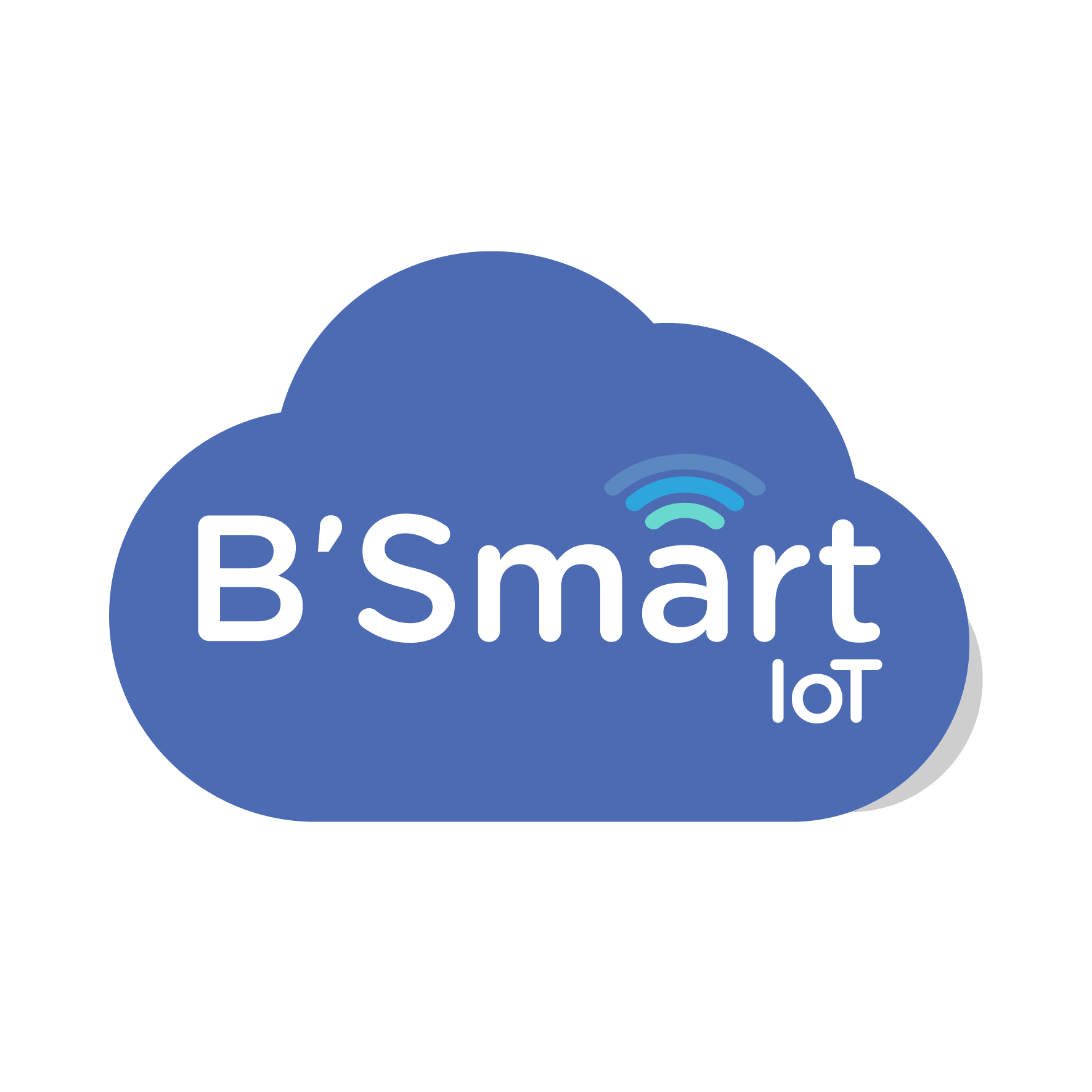The Use of CAN Bus in Machinery: Differences between Proprietary Implementations and the J1939 Standard
The CAN Bus(Controller Area Network) protocol has revolutionized communication in modern machinery, from agricultural equipment to construction machinery and industrial vehicles. This system allows the efficient interconnection of different electronic modules, offering significant advantages in diagnostics, control and operation. However, it is crucial to distinguish between two key variants of the CAN Bus in machinery: the J1939 standard and proprietary implementations. In the following, we will explore these differences, their impact on diagnostics and the customization of CAN Bus use in machinery.
CAN Bus Standard J1939
The J1939 protocol, developed by the Society of Automotive Engineers (SAE), is widely adopted as the standard in heavy machinery, especially in vehicles with engines exceeding 19 kW (25 hp). This standard defines how data is structured, transmitted and received on a CAN Bus network. It is especially popular in agricultural machinery, construction equipment and commercial vehicles because of its interoperability between manufacturers.
Key features of the J1939 standard include:
- Interoperability: Devices from different manufacturers can communicate if they follow the specifications of the standard.
- Simplified Diagnostics: Diagnostic trouble codes (DTCs) and engine data, such as RPM, temperature, pressure and fuel consumption, are available in a predictable format.
- Flexibility: Allows the integration of universal diagnostic tools that can read data without requiring customization for a specific manufacturer.
The J1939 standard uses a messaging model based on PGNs (Parameter Group Numbers) and SPNs (Suspect Parameter Numbers), which assign specific meanings to data. This facilitates access and interpretation of key information, such as engine operating parameters or error signals.
CAN Bus Owner
While J1939 provides a standardized framework, many manufacturers develop custom or proprietary implementations of the protocol. This means that machines still use CAN Bus networks, but the structure of the messages and data transmitted are coded or modified to work exclusively within their ecosystem.
Proprietary CAN Bus Characteristics:
- Restricted Access: Data is protected or encrypted, limiting access to manufacturer-specific tools or software.
- Hardware customization: Proprietary networks often include modules that are only compatible with that manufacturer’s components.
- External Diagnostics Challenges: It is not easy to read data using standard tools, which requires specialized equipment.
A typical example of proprietary use is when a manufacturer redefines certain PGNs or introduces additional PGNs that are not part of the J1939 standard. This allows them to add specific functionalities, but at the same time restricts access to the data for unauthorized users.
Reverse Engineering on the CAN Proprietary Bus
To decrypt the data on a proprietary CAN Bus system, reverse engineering is required. This process involves analyzing CAN messages to identify patterns and deduce the meaning of the transmitted data.
Common steps in reverse engineering the CAN Bus include:
- Data Capture: A CAN Bus analyzer is used to record messages on the network.
- Pattern Analysis: By correlating captured data with observable machine behavior (such as a change in speed or temperature), the functions of each message are identified.
- Decoding: Once the meaning of the messages is identified, customized tables or sequences are created to interpret the data.
Although reverse engineering can be effective, it is a technically complex process and may have legal implications depending on the country and manufacturer’s policies.
Trends and Adoption of CAN Bus in Machinery
Today, most machines with high power engines (generally above 19 kW) include CAN Bus J1939 networks as part of their internal communication system. This allows the integration of advanced systems such as automatic control, real-time monitoring and remote diagnostics. However, proprietary systems are still common on specialized machines and premium brands, making access to critical data difficult for end users or external technicians.
Leveraging Technology to Improve Productivity and Reduce Costs
With the integration of advanced data collection systems, such as the simple installation of 10′ CAN DATA, companies can significantly improve their operational efficiency. The CAN (Controller Area Network) system enables real-time data collection directly from machinery and equipment with minimal installation effort. This system collects key performance indicators and diagnostic information, which can be used to monitor machinery health, detect problems before they escalate and schedule preventive maintenance.
By proactively addressing potential failures, companies can avoid costly downtime and extend the life of their assets. This approach not only improves productivity, but also helps reduce repair costs and unplanned maintenance expenses. Data collected from CAN systems can be analyzed to identify trends and patterns, enabling companies to optimize their operations and make data-driven decisions that improve both productivity and profitability.
Incorporating this technology provides companies with the ability to track equipment performance in real time, adjust workflows based on data-driven insights, and reduce the impact of unexpected failures, leading to a more optimized and cost-effective operation.
This addition illustrates how a simple technological installation can have a significant impact on improving productivity and reducing costs by preventing failures.
Conclusion
The use of the CAN Bus protocol, either in its standard J1939 form or in proprietary implementations, is a key component in modern machinery. While the J1939 standard promotes interoperability and facilitates diagnostics, proprietary versions offer exclusive control to the manufacturer at the cost of increased complexity for the end user. For those who need access to proprietary data, reverse engineering presents a valuable but challenging tool that requires experience, knowledge and the right tools.
The future of CAN Bus in machinery points to a balance between openness and innovation, where standards and customizations can coexist to benefit both manufacturers and end users.
